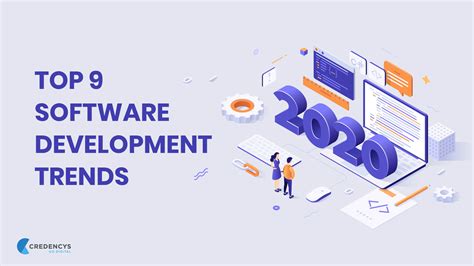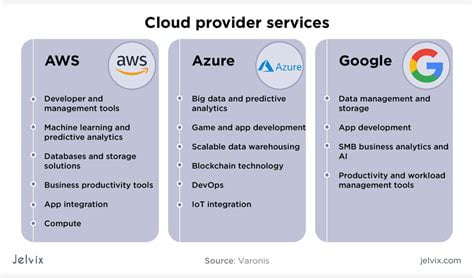Big data has transformed the healthcare industry by providing vast amounts of information that can be analyzed and utilized to improve patient care. The use of big data in healthcare has been a game-changer, offering new opportunities to enhance diagnosis, treatment, and patient outcomes. In this article, we will explore the various use cases of big data in healthcare.
Personalized Medicine
The use of big data analytics has enabled healthcare professionals to provide personalized medicine. By analyzing vast amounts of patient data, healthcare professionals can recommend treatments that are tailored to each patient’s unique needs. This has led to more effective and efficient treatments, as well as better patient outcomes.
Disease Surveillance
Big data analytics has also been used to monitor disease outbreaks and track the spread of infectious diseases. This has been especially important during the COVID-19 pandemic, where big data has played a crucial role in tracking the spread of the virus and developing vaccines.
Predictive Analytics
Predictive analytics uses big data to identify patients who are at risk of developing certain health conditions. This allows healthcare professionals to intervene early and prevent the development of serious health problems. For example, predictive analytics can be used to identify patients who are at risk of developing heart disease, allowing healthcare professionals to provide preventative treatments.
Remote Patient Monitoring
Big data has enabled remote patient monitoring, allowing healthcare professionals to monitor patients’ health remotely. This has been especially important during the COVID-19 pandemic, as it has allowed patients to receive care while minimizing their exposure to the virus. Remote patient monitoring has also been used to monitor patients with chronic conditions, allowing healthcare professionals to provide early interventions when necessary.
Improving Patient Safety
Big data analytics has been used to improve patient safety by identifying potential safety issues before they occur. For example, big data can be used to identify patients who are at risk of falls, allowing healthcare professionals to provide preventative measures before a fall occurs.
Enhancing Care Coordination
Big data analytics has also been used to enhance care coordination between healthcare professionals. By analyzing patient data, healthcare professionals can identify potential issues and work together to provide the best possible care for the patient.
What is big data in healthcare?
Big data in healthcare refers to the vast amount of data that is generated in the healthcare industry. This data is analyzed to provide insights and improve patient care.
How is big data used in healthcare?
Big data is used in healthcare to improve diagnosis, treatment, and patient outcomes. It is also used to monitor disease outbreaks, track the spread of infectious diseases, and improve patient safety.
What are the benefits of using big data in healthcare?
The benefits of using big data in healthcare include improved diagnosis, treatment, and patient outcomes. It also allows healthcare professionals to monitor disease outbreaks and track the spread of infectious diseases, as well as improve patient safety and enhance care coordination.
What are some of the challenges of using big data in healthcare?
Some of the challenges of using big data in healthcare include data privacy concerns, data quality issues, and the need for specialized skills and resources to analyze and interpret the data.
How can big data be used to improve patient outcomes?
Big data can be used to improve patient outcomes by providing personalized medicine, identifying patients who are at risk of developing certain health conditions, and enhancing care coordination between healthcare professionals.
What is predictive analytics?
Predictive analytics is the use of big data to identify patterns and predict future outcomes. In healthcare, it is used to identify patients who are at risk of developing certain health conditions.
What is remote patient monitoring?
Remote patient monitoring is the use of technology to monitor patients’ health remotely. It allows healthcare professionals to monitor patients’ health without the need for in-person visits.
How has big data been used during the COVID-19 pandemic?
Big data has played a crucial role in tracking the spread of the virus, developing vaccines, and providing remote patient care during the COVID-19 pandemic.
The use of big data in healthcare has many benefits, including improved patient outcomes, personalized medicine, and enhanced care coordination between healthcare professionals. It also allows for remote patient monitoring, which has been especially important during the COVID-19 pandemic.
To take advantage of the benefits of big data in healthcare, it is important to have the necessary skills and resources to analyze and interpret the data. It is also important to address data privacy concerns and ensure that data quality is maintained.
Big data has transformed the healthcare industry by providing vast amounts of information that can be analyzed and utilized to improve patient care. The use of big data in healthcare has led to more effective and efficient treatments, as well as better patient outcomes. By analyzing patient data, healthcare professionals can provide personalized medicine, monitor disease outbreaks, and improve patient safety. Remote patient monitoring and predictive analytics have also been used to enhance patient care. Despite the challenges of using big data in healthcare, the benefits are clear and will continue to revolutionize patient care.
 Eltupe Technology And Software Updates
Eltupe Technology And Software Updates



